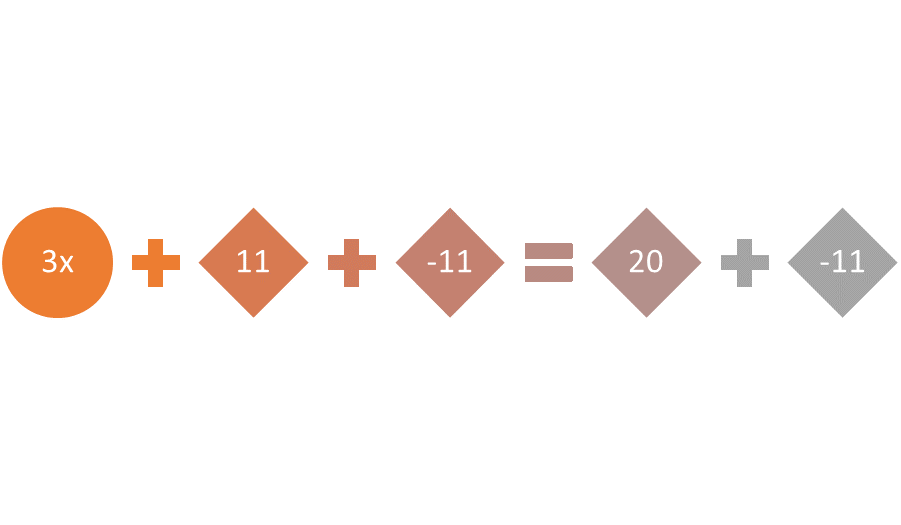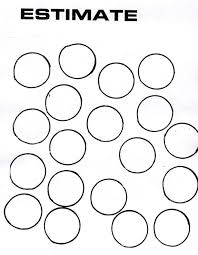Overview
Asking questions inside and outside of math class and using your teacher and math tutor as your math coach are the first steps in slaying the dragon of anxiety over math. Some other strategies to add to your math toolbox include using what you already know, breaking the problem into parts to solve simpler problems, sketching the problem before writing the equation, and estimating the answer before solving the problem.
Use What You Know
Every written language has an alphabet that represents sounds that make up words, words that make up sentences, and rules for generating them. Math has a language all its own, with numbers and concepts that are represented by symbols. Those symbols are combined with other symbols to form equations and inequalities. Math is also sequential, and concepts build upon other concepts. This is a big advantage to a student, because a lot of the time spent in math class is review. That means that you as a student can find the concepts you already understand and build upon them. (A psychologist named Vygotsky calls that using scaffolding). Suppose you know that variables can represent numbers in an equation, but need help getting to the next step of solving the equation. You know that 4 + y = 10 means that y represents a number. The next step is using the additive inverse on both sides of the equation. In other words, 4 – 4 + y = 10 – 4, or y = 6.
Figure 1: Apply what you know and then build upon it.
Solving Simpler Problems
This is such a useful tool that mathematicians use it all the time, even when things get really difficult. (In fact, it is a good strategy to use in everyday life.) Any huge problem can be broken up into smaller parts, which are solvable, then those smaller parts can be combined. A recent Calculus post on using the chain rule showed how this could be done for a complex problem involving functions and derivatives. It’s also another way to use what you know.
Figure 2: Break the problem into parts, solve the simpler parts, and then put the parts together.
Sketching the Problem
This tool is a way to draw a picture, write a list, or sketch a problem in a way that makes sense to you BEFORE diving in to the equation. It’s also a way to make sure you are solving the same problem as is being asked. Then you can use what you know to translate the sketch into the equation.
Figure 3: Sketch the problem before solving the equation.
This is a tool that can be applied to problems in a textbook or problems in everyday life. It is another way to see if an answer makes sense. One leg of a right triangle measures 5 cm, and the other leg of the right triangle measures 6cm. How can the hypotenuse be estimated? I know that the square of 5cm is 25cm, and the square of 6cm is 36cm, and 25 + 36 = 61, so the measure of the hypotenuse will be the square root of 61. The number 61 is not a perfect square, but it’s close to 64 which is. I can narrow it down to between 7 and 8, and that it’s probably closer to 8 than 7. That’s without a calculator. (The answer to two decimal places is 7.81).
Figure 4: Estimate the answer before finding an exact solution, then see how close the actual answer is to the estimate.
Interested in algebra tutoring services? Learn more about how we are assisting thousands of students each academic year.
SchoolTutoring Academy is the premier educational services company for K-12 and college students. We offer tutoring programs for students in K-12, AP classes, and college. To learn more about how we help parents and students in Santa Fe, NM: visit Tutoring in Santa Fe, NM





